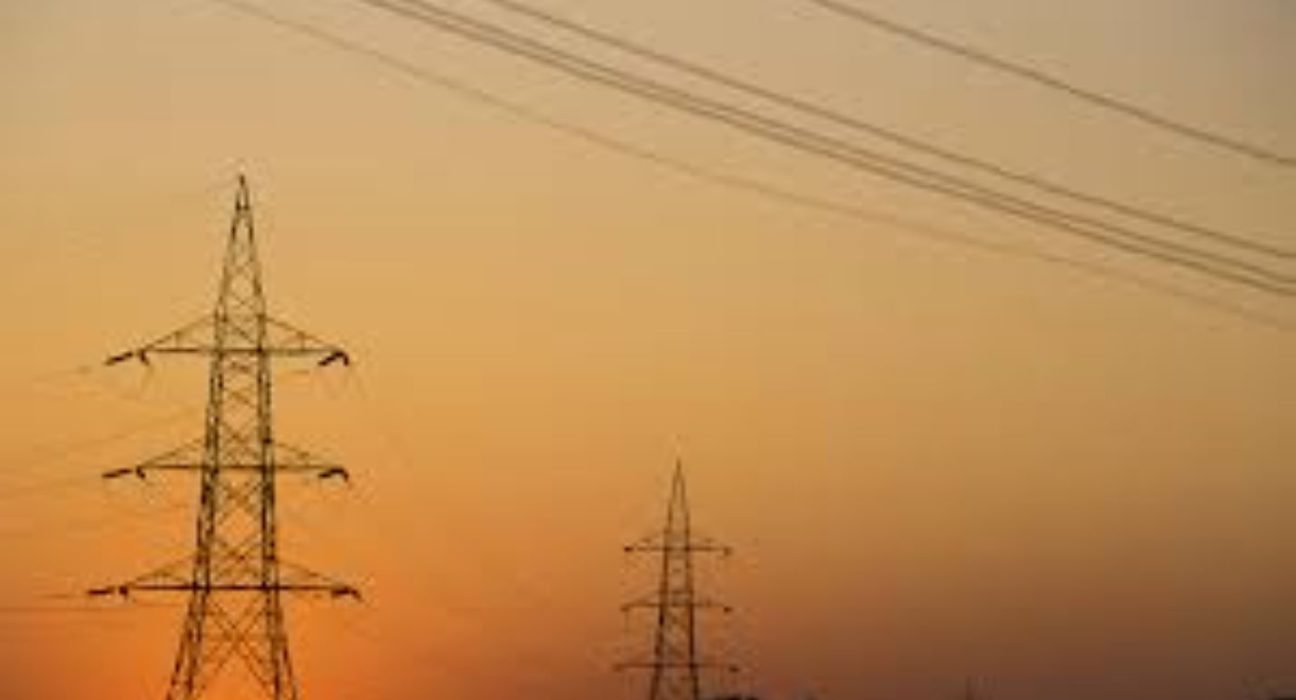Fitch Ratings-Colombo/Singapore-25 July 2024: Despite a 22.5% tariff cut effective from 16 July 2024, Ceylon Electricity Board’s (CEB, BB+(lka)/Stable) cash flow will remain sufficient to service debt, according to Fitch Ratings. The agency anticipates no immediate impact on the Sri Lankan electricity distributor’s payments to independent power producers (IPPs). The lower tariffs are supported by decreased generation costs due to an increased share of hydropower and lower coal prices year-on-year. Additionally, financing costs are expected to decline amid lower market interest rates.
The Public Utilities Commission of Sri Lanka’s decision for a 22.5% average tariff reduction during its quarterly tariff review exceeded CEB’s proposed 10%. However, generation costs have decreased with hydropower comprising 31% of the generation mix in the first half of 2024 (compared to 23% in the first half of 2023), and coal prices, which fuel over 36% of the generation mix, have dropped 32% year-on-year. Fitch forecasts thermal coal prices to decline by 20% in 2024 and 10% in 2025.
Following the tariff cut and assuming tariffs and costs remain unchanged for the rest of the year, Fitch estimates CEB’s EBITDA margin will narrow to about 11% in 2024, down from 26% in 2023 as reported in its preliminary accounts. EBITDA interest coverage will decline but remain adequate at 1.8x (2023: 3x), supported by falling market interest rates. If necessary, CEB has the flexibility to reduce annual capital expenditure by about LKR 20 billion, to LKR 70 billion during 2024-2025, in line with the previous three years, to mitigate the impact of lower tariffs. This will help maintain EBITDA net leverage at a healthy 3x.
CEB is targeting further reductions in operating costs in the near-to-medium term, although implementation poses execution risks. CEB’s rating is equalized with that of its parent, the Sri Lankan sovereign (Long-Term Foreign-Currency Issuer Default Rating (IDR): RD; Long-Term Local-Currency IDR: CCC-), given the significant socio-political implications of a CEB default due to its substantial share in Sri Lanka’s power generation capacity and its 100% state ownership.
Deviating from the current cost-reflective tariff structure is a key risk to CEB’s balance sheet and the long-term health of Sri Lanka’s power generation sector. A weakening in CEB’s cash flow could lead to delays in settling IPP payments and adversely affect IPPs’ financial profiles and liquidity. Deterioration in CEB’s financial health could also pressure the country’s power generation targets and energy transition plans, as tariffs for renewable IPPs are typically fixed over the life of the power purchase agreement. Delays in payments to renewable IPPs could stretch their cash flow and increase the cost of future investments in the sector and the country’s power generation costs.
Fitch-rated IPPs have experienced a significant improvement in their receivable days following the implementation of cost-reflective tariffs since 2023. WindForce PLC’s (BBB+(lka)/Stable) and Resus Energy PLC’s (BBB(lka)/Stable) receivable days improved to an average of 95 as of 31 March 2024, from an average of over 200 days as of 31 December 2023. This improvement led to Fitch’s revision of the Outlook on Resus to Stable from Negative in March 2024. Fitch expects IPPs’ receivable days to improve further to average around 80 days over the next 12–18 months, notwithstanding the latest tariff cuts.
